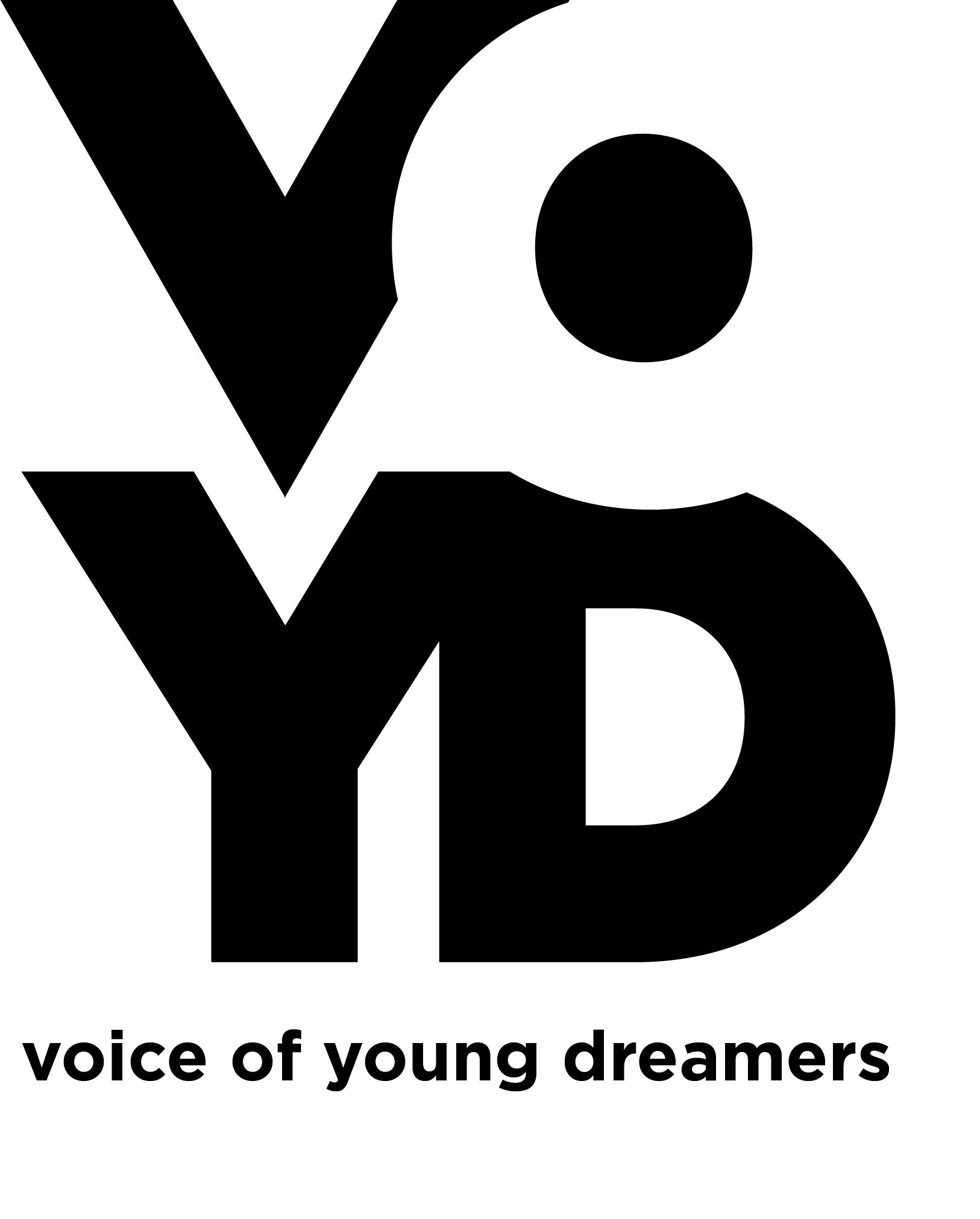NO MILITARY FOR TRANSGENDER

White House ban on transgender people in the military
In 2016, Barack Obama introduced a policy that allowed trans people to serve in the army. However, a year later, Trump has reversed this policy. What was this ban on transgender individuals and how did it affect them? Read below to find out.
The Ban
In March 2018, the White House ordered a memorandum to ban most transgender people from the military. The memo did not expand on who would be excluded from this ban but just stated that the Secretary of Defense and Secretary of Homeland Security have the authority to execute policies relating to military service in which transgender individuals serve.
The news about the ban on transgender individuals was not a surprise. This memo was in line with a series of tweets posted by Trump in July 2017. The tweets stated that the military, “cannot be burdened with the tremendous medical costs and disruption” of trans service members.
Trump’s statement on Twitter took everyone by surprise, and many people were not willing to execute his policy. However, on February 21, 2018, Trump asked James Mattis, the Secrtary of Defense, to devise and present a plan for the ban.
White House Press Secretary, Sarah Sanders, stated that the retention of trans people is taking place because, “individuals with a history or diagnosis of gender dysphoria—those who may require substantial medical treatment, including through medical drugs or surgery—present considerable risk to military effectiveness and lethality”.
The White House claimed that the policy was justified and necessary as it was, “developed through an extensive study by senior uniformed and civilian leaders, including combat veterans”.
However, Trump’s reasoning and justification was faulty. A research carried out by The RAND Corporation, a non-profit research institution, showed that the presence of trans people in military only had a “minimal impact” on the military in terms of medical costs. This was proven after carrying out an analysis, which highlighted that of the 1.3 million active members of the military only 1,320-6,630 are trans people. Of those serving in the army, only a small number of the transgender people seek transition-related medical services.
The impact of the ban
The ban impacts the physical and mental health of not only transgender individuals serving the country but all transgender individuals. If minorities face discriminatory policies, there stress levels and health problems increase. This has been proven by research that was carried out by the Fenway Institute.
The ban also affected trans people in other ways. Critics of the policy highlighted that Trans people will hide their identity if they want to participate in the military. Critics also believe that this bigotry act will reinforce and encourage the stereotypes and discrimination that trans people face.
Trump’s policy is transphobic and cruel. It forces transgender individuals to choose between their identity/humanity and their country.





